 |
Making Plans and Developing Policies |
2.00 |
Planning and policy-making are closely linked to the development of quality school-age care programs. When school-age staff are skilled as planners and policy-makers, they can use these skills to design and implement high quality programs that benefit children, youth, and families. It is essential for school-age care professionals to recognize that it is important for policies to grow out of a vision of quality, and a mission that supports that vision. Therefore, creating a vision for quality, developing a program philosophy, and writing a clear mission statement are the first steps in program planning. It is also important for school-age care professionals to use a systematic process to develop goals and objectives, set priorities for accomplishing goals and objectives, and develop goal-based action plans that will help the school-age program achieve its mission. High quality school-age programs are led by professionals who understand how to use effective strategies for creating a continuous cycle of planning and evaluation that supports ongoing program improvement. |
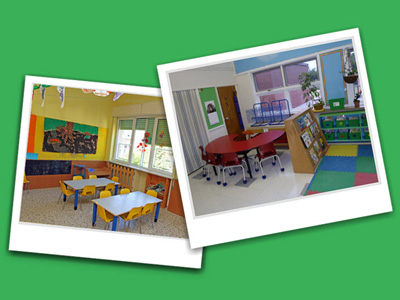 |
Course 15: Designing Effective Indoor School-Age Play and Learning Environments |
2.00 |
Planning effective environments is the first step to planning an effective program. When environments are attractive, interesting, and comfortable, they provide a backdrop for a varied program that can address the developmental needs of school-age children. The look and feel of well-planned environments send messages that let children know they are welcome and valued. They are inviting and encourage children to get involved and stay engaged with program activities and experiences |
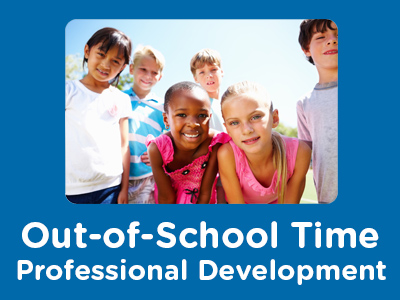 |
Designing Effective Indoor Play and Learning Environments for School-Age Programs |
2.00 |
Planning effective environments is the first step to planning an effective program. When environments are attractive, interesting, and comfortable, they provide a backdrop for a varied program that can address the developmental needs of school-age children. The look and feel of well-planned environments send messages that let children know they are welcome and valued. They are inviting and encourage children to get involved and stay engaged with program activities and experiences. |
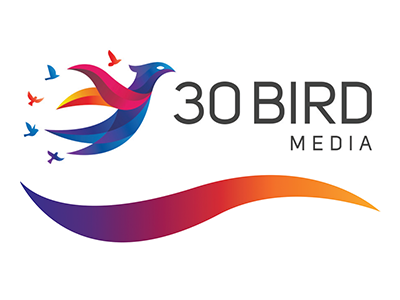 |
PMP® Certification: Passing the 2021 Exam |
40.00 |
PMP® Certification: Passing the 2021 Exam provides the basic knowledge needed to learn the concepts and skills necessary to pass the 2021 Project Management Professional (PMP) exam administered by the Project Management Institute (PMI). It is intended to be used alongside the PMBOK® Guide, Sixth Edition, which is useful as an ancillary reference and glossary.
The new release of this course (R2.0) includes a new chapter on agile approaches to, and tools for, the project life cycle. These methods address projects that require an adaptive project environment, iterative activities, and changing requirements. The standard example of adaptive project needs is that of software development and revision; however, agile methods are used today in many different project environments, from architecture to medical equipment and services. The new chapter (Managing projects with agility) was inserted at the end of the book. There were no other changes to the rest of the content, including the Exam Prep add-on.
This course assumes that you have project management and other educational experience, as required by PMI, in order to take the exam. In addition, it’s expected either that you have already applied to take the exam, or that you plan to do so while taking this course or shortly thereafter; this course contains instructions for doing so. |
 |
Organizational Communication: Power, Politics, and Diversity (Instructor Guide) |
0.75 |
Power is the ability to influence someone to do something that they would not do without encouragement. Various types of power and power strategies depend on the level of influence. The existence of different levels of power in an organization gives rise to organizational politics.
Politics can arise between individuals who differ from each another. To avoid confrontation arising from differences, it is important for people to recognize the benefits of diversity within their organization.
In this course you will learn to: identify different levels and types of power, identify strategies to manage diversity and to communicate in different cultures, and identify the steps and guidelines for empowerment.
This Instructor's Edition of this course includes notes and suggestions to assist you in presenting the material, whether in an in-person classroom setting, or as an instructor-led online or distance-learning course. It also provides you with the answers to questions found in mid-lesson activities, as well as in the quiz that concludes the course. |
 |
Organizational Communication: Power, Politics, and Diversity |
0.75 |
Power is the ability to influence someone to do something that they would not do without encouragement. Various types of power and power strategies depend on the level of influence. The existence of different levels of power in an organization gives rise to organizational politics.
Politics can arise between individuals who differ from each another. To avoid confrontation arising from differences, it is important for people to recognize the benefits of diversity within their organization.
In this course you will learn to: identify different levels and types of power, identify strategies to manage diversity and to communicate in different cultures, and identify the steps and guidelines for empowerment. |
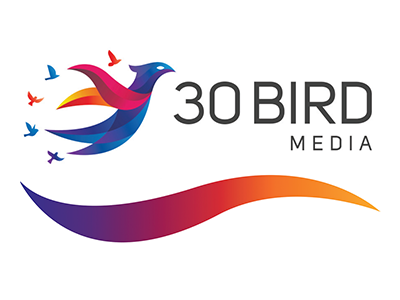 |
Microsoft PowerPoint 2019 Complete |
16.00 |
PowerPoint 2019 Complete covers the concepts and skills needed for maximum productivity in PowerPoint, starting with fundamentals and working up to advanced tools and techniques. This course maps to the objectives of the Microsoft Office Specialist exams for PowerPoint 2019. Objective coverage is marked throughout the course, and you can download an objective map for the series.
Students will benefit most from this course if they want to start with the basics and become power users of 2019. The course covers how to create, navigate, format, and customize PowerPoint presentations, as well as advanced features such as animation, transition techniques, adding and formatting media, track corrections, working with multiple presentations, creating custom slide shows, and working with security and sharing options.
The course assumes students know how to use a computer, and that they're familiar with Microsoft Windows. It does not assume that they've used a different version of PowerPoint or any other presentation program before. |
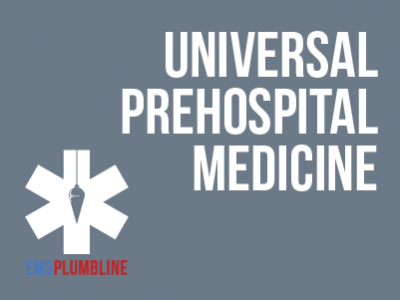 |
Popular Tourniquets |
1.00 |
Prehospital trauma care has not seen many changes that rival the advent of tourniquets. There is a lot of material that is nice to know. This lesson is a brief review of what we believe medics need to know. Successful completion of this lesson will set the stage for higher-level conversations. More importantly, we hope that you will be encouraged to practice applying the tourniquets until you have obtained true proficiency. Final Exam: This multiple-choice exam is designed to test your knowledge of the material you just reviewed. You have two attempts to gain an 80% or higher on this exam. Please take your time and answer each question carefully.
|
 |
Principles of Geriatric Pharmacotherapy |
1.00 |
Principles of Geriatric Pharmacotherapy, designed for health care professionals, teaches you how to identify treatment goals in older adults. Problems of aging are covered, such as the physiologic changes of the older population. Furthermore, this module identifies tools available to prevent inappropriate prescribing of medication, specifically highlighting the Medication Appropriateness Index, the Beers Criteria, and the STOPP/START Criteria. Some specific medications are discussed that require special care when prescribing them. Finally, you will learn how to ensure safe medication use in older adults. |
 |
Business Problem Solving: Problem Solving in the Corporate World (Instructor Guide) |
0.84 |
Problem-solving cultures greatly influence the problem-solving process in organizations. Recognizing the culture that exists in your organization will permit you to develop effective solutions. This approach needs employees with a wide variety of skills and talents.
In this course you will learn to: identify the types of problem solvers and the skills they must possess, and identify different corporate cultures.
This Instructor's Edition of this course includes notes and suggestions to assist you in presenting the material, whether in an in-person classroom setting or as an instructor-led online or distance-learning course. It also provides you with the answers to questions found in mid-lesson activities, as well as in the quiz that concludes the course. |











